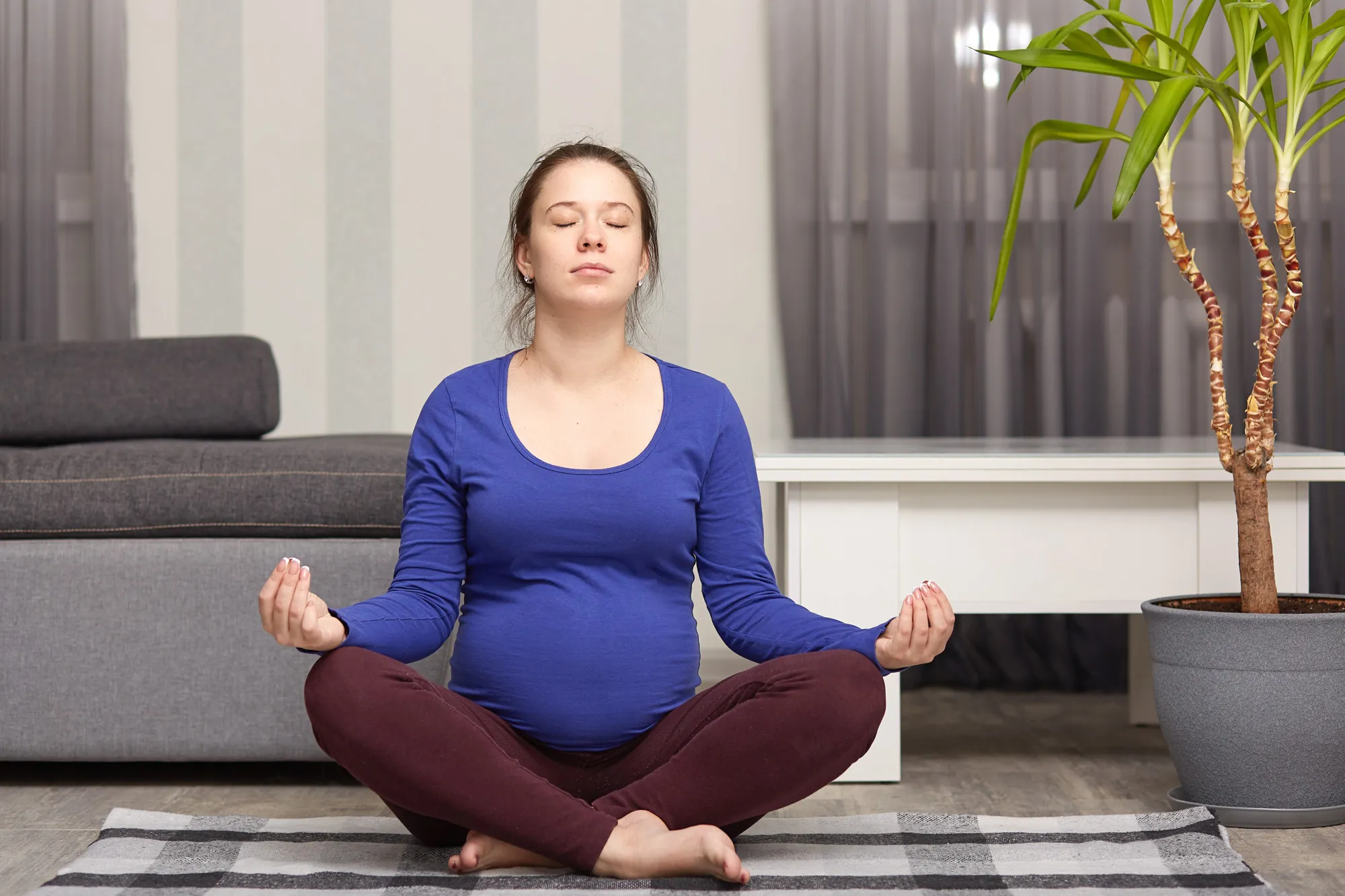A groundbreaking study titled “Association between exposure to outdoor artificial light at night during pregnancy and glucose homeostasis: A prospective cohort study,” published in the prestigious journal Environmental Research on January 12, 2024, has identified a potential health risk associated with exposure to outdoor artificial light at night (ALAN) among pregnant women. The comprehensive research, led by prominent scientists from the School of Public Health at Anhui Medical University in Hefei, China, offers insightful revelations into how nighttime light pollution could be influencing maternal health, particularly in terms of glucose tolerance.
Keywords
1. Artificial light at night
2. Gestational diabetes
3. Glucose homeostasis
4. Pregnant women health
5. Light pollution effects
In the wake of rising concerns about environmental factors and their impacts on health, a recent study conducted by a team of researchers from Anhui Medical University in Hefei, China, has unearthed a startling connection between outdoor artificial light at night (ALAN) exposure during pregnancy and fluctuations in glucose homeostasis. This prospective cohort study, published under DOI 10.1016/j.envres.2024.118178, has delved into uncharted waters, examining the potential health implications that nighttime light exposure may have on pregnant women and their babies.
Spanning a considerable sample size of 6,730 pregnant women, the study was meticulously structured to evaluate the possible health risks linked to ALAN. As part of the research methodology, outdoor ALAN exposure was meticulously gauged using satellite imagery, taking into account the individual addresses of the participants, with a spatial resolution of roughly 1 km. An average intensity of ALAN was subsequently calculated for each subject. The women underwent a standard 75-g oral glucose tolerance test to diagnose gestational diabetes mellitus (GDM), a common condition wherein glucose levels become difficult to control during pregnancy.
Guided by robust statistical tools including multivariable linear regression and logistic regression, the relationships between ALAN and various markers of glucose homeostasis were thoroughly assessed. Researchers Zhang Lei and Wang Haixia, along with their colleagues Zu Ping, Li Xinyu, Ma Shuangshuang, Zhu Yuanyuan, Xie Tianqin, Tao Fangbiao, Zhu Dao-Min, and Zhu Peng, have unraveled a remarkable pattern in their findings.
One of the most significant discoveries of the study was the attention brought to how outdoor ALAN is associated with elevated markers of glucose homeostasis during the first trimester of pregnancy. With an increase in interquartile range values of ALAN, there were corresponding elevations in fasting plasma glucose levels by 0.02 (95% CI: 0.00, 0.03) mmol/L, insulin levels by 0.42 (95% CI: 0.30, 0.54) μU/mL, and an increase in homeostatic model assessment of insulin resistance (HOMA-IR) by 0.09 (95% CI: 0.07, 0.12).
Interestingly, a notable caveat was discovered; while ALAN exposure increased glucose and insulin levels, it did not directly correlate with an increased risk of developing gestational diabetes mellitus. Nevertheless, the study highlighted that certain subgroups may particularly experience the adverse effects of ALAN. For instance, pregnant women who conceived during summer and autumn showed more pronounced associations between ALAN exposure and the elevated fasting plasma glucose, insulin, and HOMA-IR. This discovery leads to the possibility that seasonal variations could influence how ALAN affects glucose control.
This pioneering study is not only groundbreaking in its contributions to science but also highly relevant from a public health perspective. The recognition of ALAN as a potential risk factor for disturbed glucose homeostasis in pregnancy is a call to action for both urban planners and healthcare providers. With the potential ramifications of increased glucose levels and insulin resistance on maternal and fetal health, the findings could spur the development of public health strategies aimed at managing light pollution and safeguarding vulnerable populations.
While the study’s insights are significant, the authors acknowledge the need for further research to fully understand the mechanisms behind ALAN’s impact on glucose tolerance during pregnancy. The study’s geographical confinement to Hefei, China, suggests that more extensive, diverse studies are necessary to generalize findings to other populations. Additionally, the study focused on the effects observed in the first trimester, leaving an opening for future studies to explore the implications of ALAN exposure throughout the entire pregnancy and its long-term effects on both mothers and offspring.
In conclusion, the study “Association between exposure to outdoor artificial light at night during pregnancy and glucose homeostasis” is monumental in illustrating how modern environmental factors, such as light pollution, could be subtly yet significantly influencing maternal health. As urban environments continue to grow in complexity and size, the implications of this research are profound, prompting a need for increased awareness and the development of protective measures against the omnipresent glow of artificial light at night. It offers a compelling case for further interrogation into how seemingly benign environmental changes may have health impacts that could span generations.
References
1. Zhang, L., Wang, H., Zu, P., Li, X., Ma, S., Zhu, Y., Xie, T., Tao, F., Zhu, D.-M., & Zhu, P. (2024). Association between exposure to outdoor artificial light at night during pregnancy and glucose homeostasis: A prospective cohort study. Environmental Research, 247, 118178. https://doi.org/10.1016/j.envres.2024.118178
2. Chepesiuk, R. (2009). Missing the Dark: Health Effects of Light Pollution. Environmental Health Perspectives, 117(1), A20–A27. https://doi.org/10.1289/ehp.117-a20
3. Koo, Y. S., Song, J. Y., Joo, E. Y., Lee, H. J., Lee, E., Lee, S. K., & Jung, K. Y. (2016). Outdoor Artificial Nighttime Light and Use of Hypnotic Medications in Older Adults: A Population-Based Cohort Study. Journal of Clinical Sleep Medicine, 12(11), 1537–1545. https://doi.org/10.5664/jcsm.6258
4. Obayashi, K., Saeki, K., & Iwamoto, J. (2014). Exposure to light at night and risk of depression in the elderly. Journal of Affective Disorders, 167, 155–160. https://doi.org/10.1016/j.jad.2014.05.028
5. Stevens, R. G., & Zhu, Y. (2015). Electric light, particularly at night, disrupts human circadian rhythmicity: is that a problem? Philosophical Transactions of the Royal Society B: Biological Sciences, 370(1667), 20140120. https://doi.org/10.1098/rstb.2014.0120
